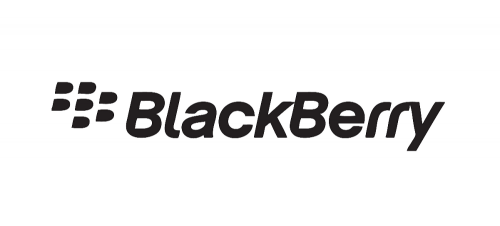BlackBerry: It's all in the name


Some nights, I stay up cashing in my bad luck/Some nights, I call it a draw/Some nights, I wish that my lips could build a castle/Some nights, I wish they'd just fall off/But I still wake up, I still see your ghost/Oh Lord, I'm still not sure what I stand for/What do I stand for? What do I stand for?/Most nights, I don't know anymore.
Know that tune? It's called--appropriately--"Some Nights," by the American indie pop group Fun. You may not know that name, but if you call the US home you've no doubt heard the band's song on top 40 radio during the last five months. It's hard to avoid.
And yet today, watching the Canadian technology company formerly known as Research In Motion (RIM) reintroduce itself as "BlackBerry" and introduce its BlackBerry 10 mobile platform and fully touch-responsive Z10 handset, I couldn't help but recall the stirring chart-topper above, about a lonely soldier far from home. If there's one thing RIM--forgive me, BlackBerry--has been for the last four and a half years, it's lost. And like the protagonist in the aforementioned tune, it has spent a lot of time grappling with existential angst as it watched consumer and enterprise customers alike eschew its devices for those from Apple and Google. From a financial standpoint, this was war, and co-CEOs Jim Balsillie and Mike Laziridis watched as the enemy set their business model--and profits--ablaze. It was an unprecedented destruction of the company's wealth, accelerated by a global economic meltdown.
No disrespect to my genial British colleagues, but traditional QWERTY BlackBerrys in the age of the all-touch smartphone were the equivalent of the British Army's famous red coats during the most tense moments of the American Revolutionary War: uncomfortable and easily targeted.
It's not all the company's fault, of course; when your name and product becomes synonymous with an era in technology--mentions of "BlackBerry thumb" in the news peaked in 2005--it is a challenge to pivot into the next. Which is why the former RIM's choice of "BlackBerry" as its new name is so terribly interesting.
What does BlackBerry stand for? For most of the North American company's international customers, as well as consumer customers on every continent, the company itself. "Research In Motion" relative to BlackBerry is no more identifiable than AMR is relative to American Airlines, its famous globe-trotting subsidiary. The consolidation removes a layer of ambiguity.
Yet simultaneously, BlackBerry stands for failure. It stands for barrels of spilled ink (pixels?) in headlines declaring the company and its products for dead. It stands for the phone that you gave up in 2009 for the Android device you have today. It stands for the tablet your eye wandered past before picking up an iPad. It stands for business tools that took a hard look at the consumerization of information technology and turned up their nose.
To choose the BlackBerry name, then, demonstrates that the company's leadership team believes the tremendous name recognition the brand commands across markets is more important than the four years it has spent inadvertently sullying it.
What will BlackBerry stand for in 2013? To borrow an idiom from those red-coated Brits, the proof will be in the pudding. As we know from the rise, fall, resurgence, and subsequent dismembering of another mobile technology company best known from another era--Palm, Inc--naming yourself after your product will not alone guarantee success. As Palm learned, even developing a superior product won't save you.
The challenge for BlackBerry is slightly different. It still has a tremendous foothold in the enterprise, despite recent losses. And even with the ongoing consumerization of IT, the company continues to enjoy a relatively sympathetic ear in business. A great product that leapfrogs over the competition will be noticed here. That's different than the fickle consumer market, where it's HTC and Motorola today, Samsung and someone else tomorrow.
But BlackBerry does need the consumer market to survive as an ecosystem--even if it's just consumers who wear a white-collared shirt to work. (In this way, I slightly disagree with fellow Philadelphian John Gruber, who envisions a far steeper challenge.) As my colleague Jason Hiner noted in a 2011 article about the company, the ongoing issue with app availability for the BlackBerry platform demonstrates that the company didn't take this largely consumer innovation that seriously, even as the business audience it did want left it for that reason. In other words, the former RIM failed to recognize that its professional customers were also professional consumers.
To get back in black--and the game--BlackBerry needs to reinforce the notion that it is a company that makes business phones for business users of all kinds, not just those served by a centralized IT department.
The New Yorker's James Surowiecki wrote just as much last February:
One way or another, consumers are going to have more and more say over what technologies businesses adopt. It's a brave new world. It's just not the one that the BlackBerry was built for.
What should BlackBerry stand for? The answer is clear: The future, not the past. It starts by taking a well-known brand and reframing it. Then the rebuilding begins.